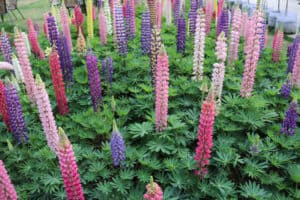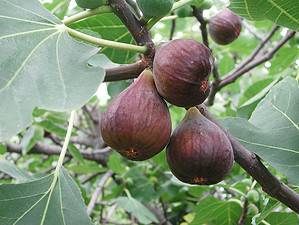A spider plant is one of the least fussy houseplants around. If you treat it right, it’ll look fabulous and present lots of new little free spider plants to pot on. Here are the 7 best spots to put your spider plant in, and 5 to avoid.
Before we dive into the best spots for spider plants, it’s just as important to sort out its watering requirements. The only time a spider plant needs water is when the soil is starting to dry out on top. Soggy soil around its roots rots it from below and then, no matter what spot you place it in, the plant is going to die.
Test the soil with a finger. If it’s dry down to an inch or so, place the interior pot (the one with drainage holes) in a sink of water. Let it soak up water for an hour or two, then let it drain clear. Only then should you pop it back in the display pot.
And let’s not forget about pest infestations. Scale insects and aphids love juicy spider plants, so keep an eye peeled for fluffy white webbing, sticky foliage, tiny moving dots, and tiny black smudges. If you spot any, spray the foliage with neem oil.
1. Bathroom Window
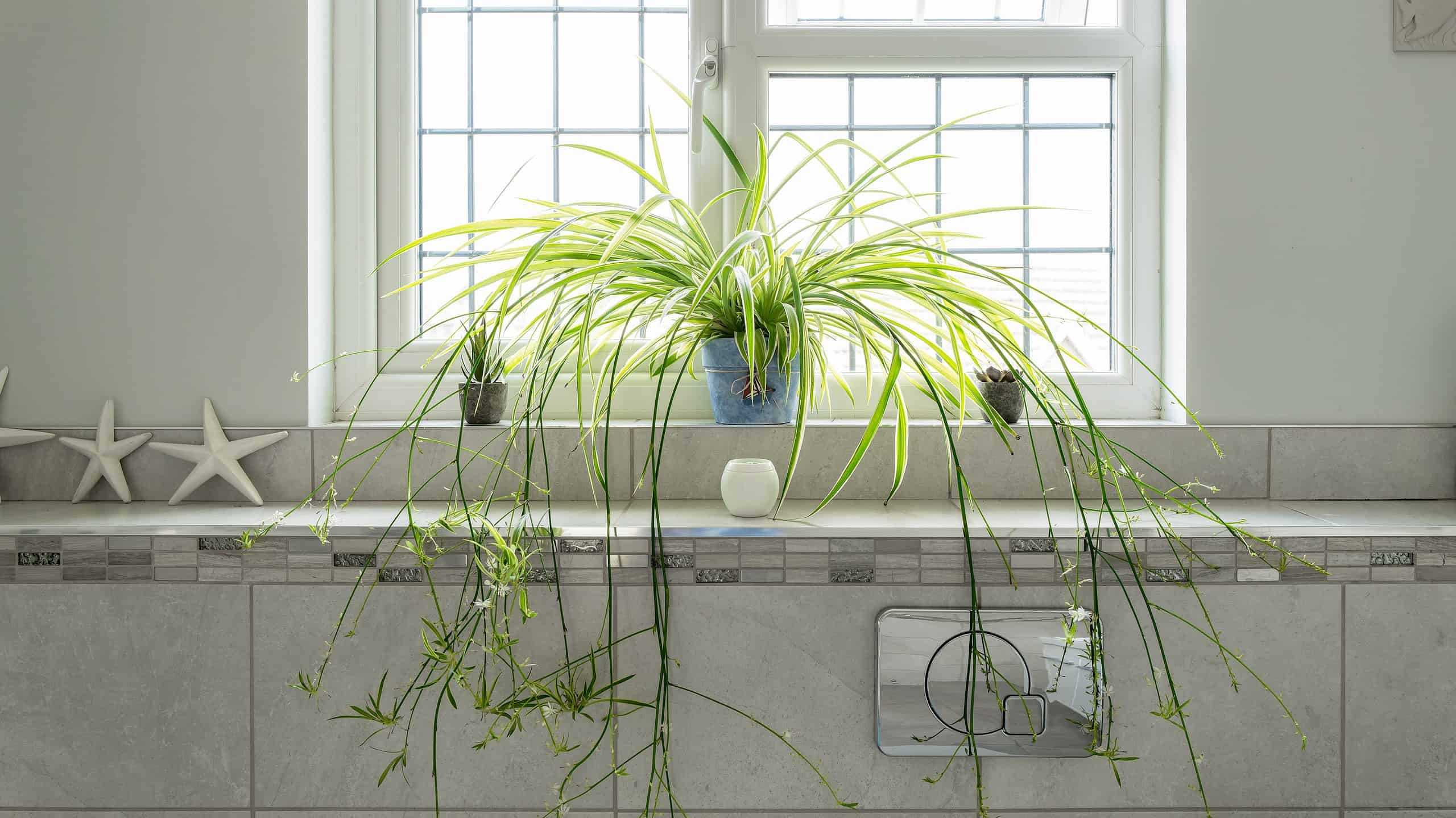
An indirectly lit bathroom window is the best spot for a spider plant.
©Nick Beer/Shutterstock.com
A spider plant loves humidity because it’s native to tropical south and west Africa’s forests. Steam from a shower or bath ups humidity levels and keeps a spider plant very happy indeed. Pop it in a planter, or hanging basket, on your north, east, or west-facing bathroom window, and you should see rapid growth within a few months.
However, a south-facing bathroom window will prove too sunny. Spider plant foliage burns in direct light. Ensure the spot is indirectly lit.
2. Kitchen Window
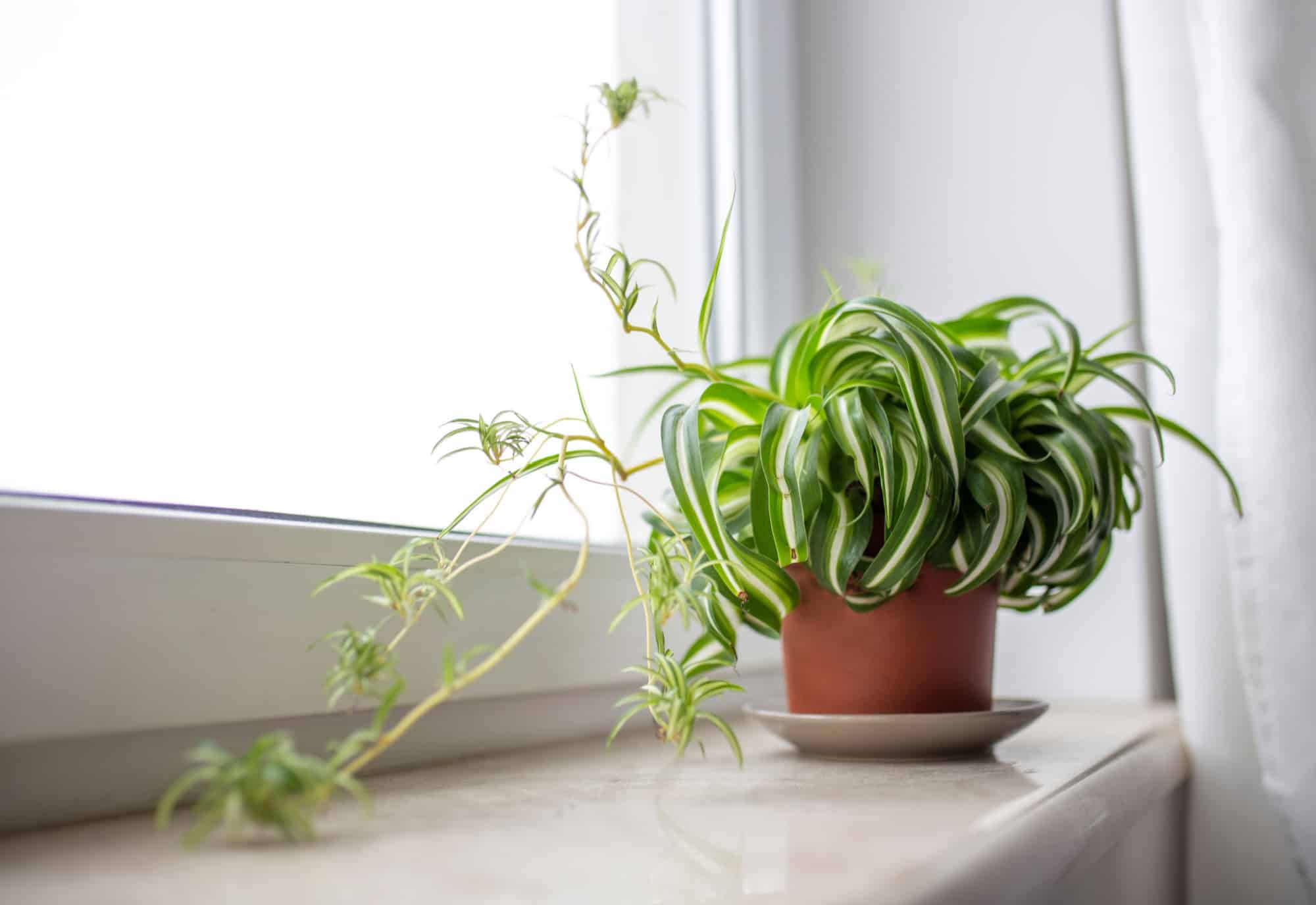
A steamy kitchen windowsill provides a spider plant with humidity.
©ArtCreationsDesignPhoto/Shutterstock.com
Kitchen windows also provide humid conditions that spider plants thrive in. Every time Chef pours boiling water down the sink, its steam coats a spider plant with moist condensation.
Just like the bathroom window set-up, ensure your kitchen window is indirectly lit to avoid brown sun-scorch marks.
3. On A Shelf Or From A Basket
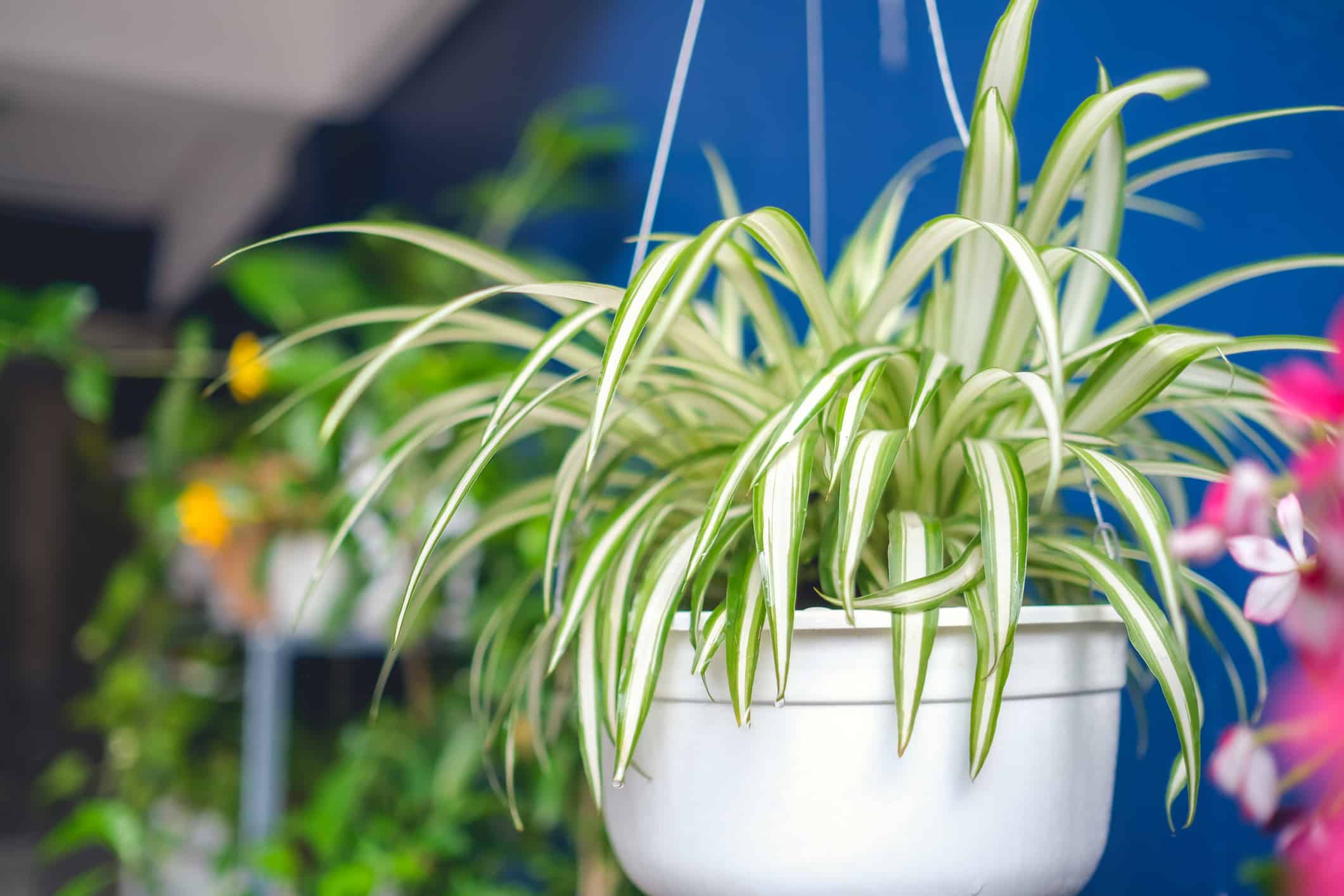
Cascading spider plants enjoy spilling from a shelf or hanging basket.
©yaoinlove/ via Getty Images
Spider plants naturally dangle down, so a high up spot is one of the best place to put it. Ensure the spot is indirectly lit, a few feet away from a window is ideal.
Boost spider plants’ humidity with a weekly misting. Not only does this increase humidity, it also washes off accumulated dust that prevents light from shining on the foliage.
4. A Light and Airy Office Desk
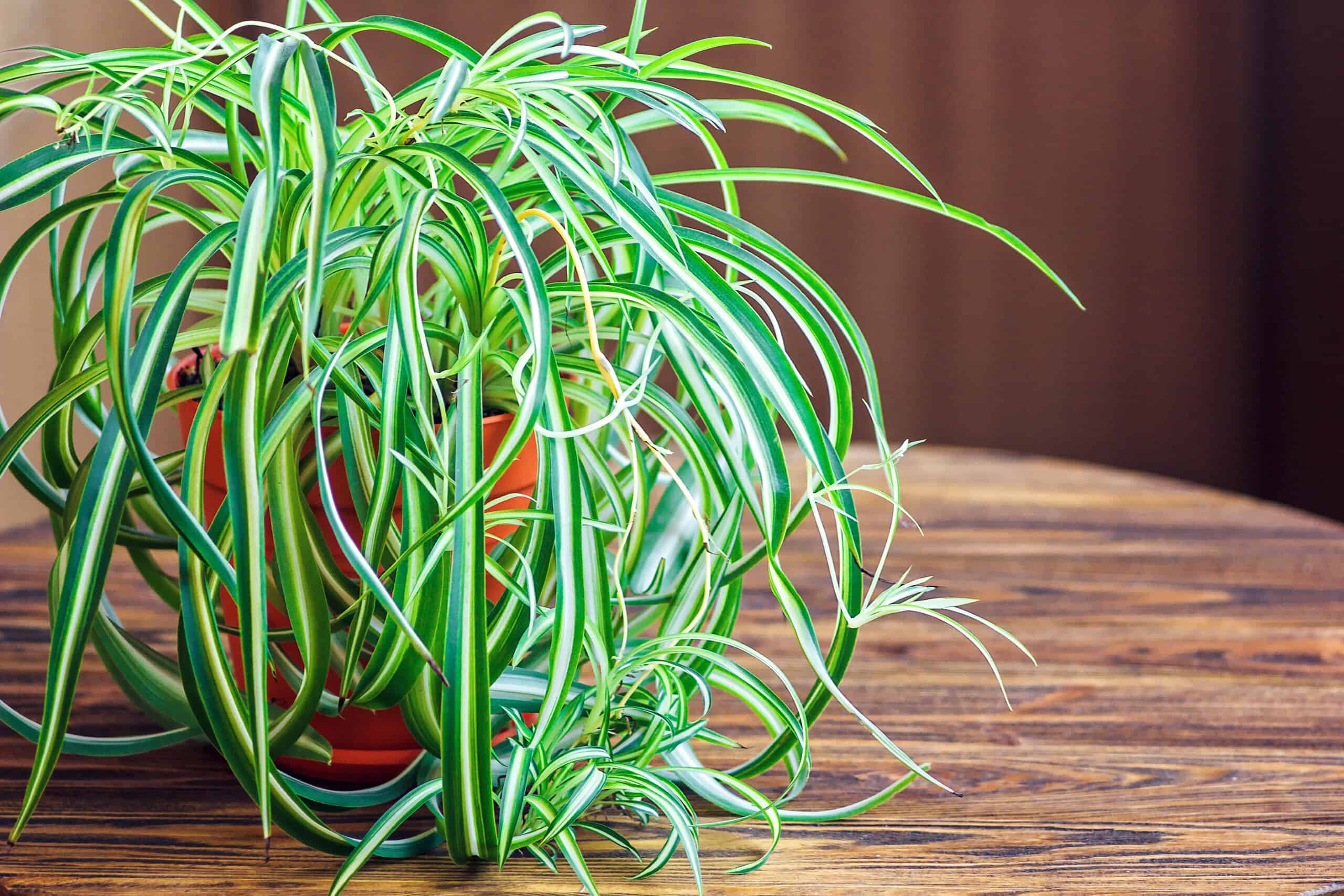
Improve concentration with a spider plant on your work desk.
©Bozhena Melnyk/Shutterstock.com
Research shows that plants make humans happy. They improve productivity, reduce anxiety, and boost mood.
Pop one on a work desk to improve your day. So long as it receives some light there, a work buddy spider plant does wonders for an eight-hour shift.
5. North Facing Window

If a plant loses it’s variegation, the spot is too dark. Move it somewhere brighter.
©Coplay/Shutterstock.com
North-facing windows aren’t great for succulents, but spider plants love them. That’s because they let in enough light, but they avoid direct sun scorch. Don’t forget to mist it once a week to improve humidity. However, if you notice its variegation fading, or it starts getting leggy and refusing to produce plantlets, it’s too dark there.
6. Conservatory or Orangery

Spider plants thrive in warm, light conservatories.
©yaoinlove/ via Getty Images
Conservatory, orangeries, and other glass-based rooms are great for light-loving spider plants, so long as direct light doesn’t touch the foliage.
Conservatories are so bright and airy that a spider plant (or 10) thrives in pretty much any part of it. Pop one on a table, shelf, side tables, or string them up.
7. A Sheltered Porch
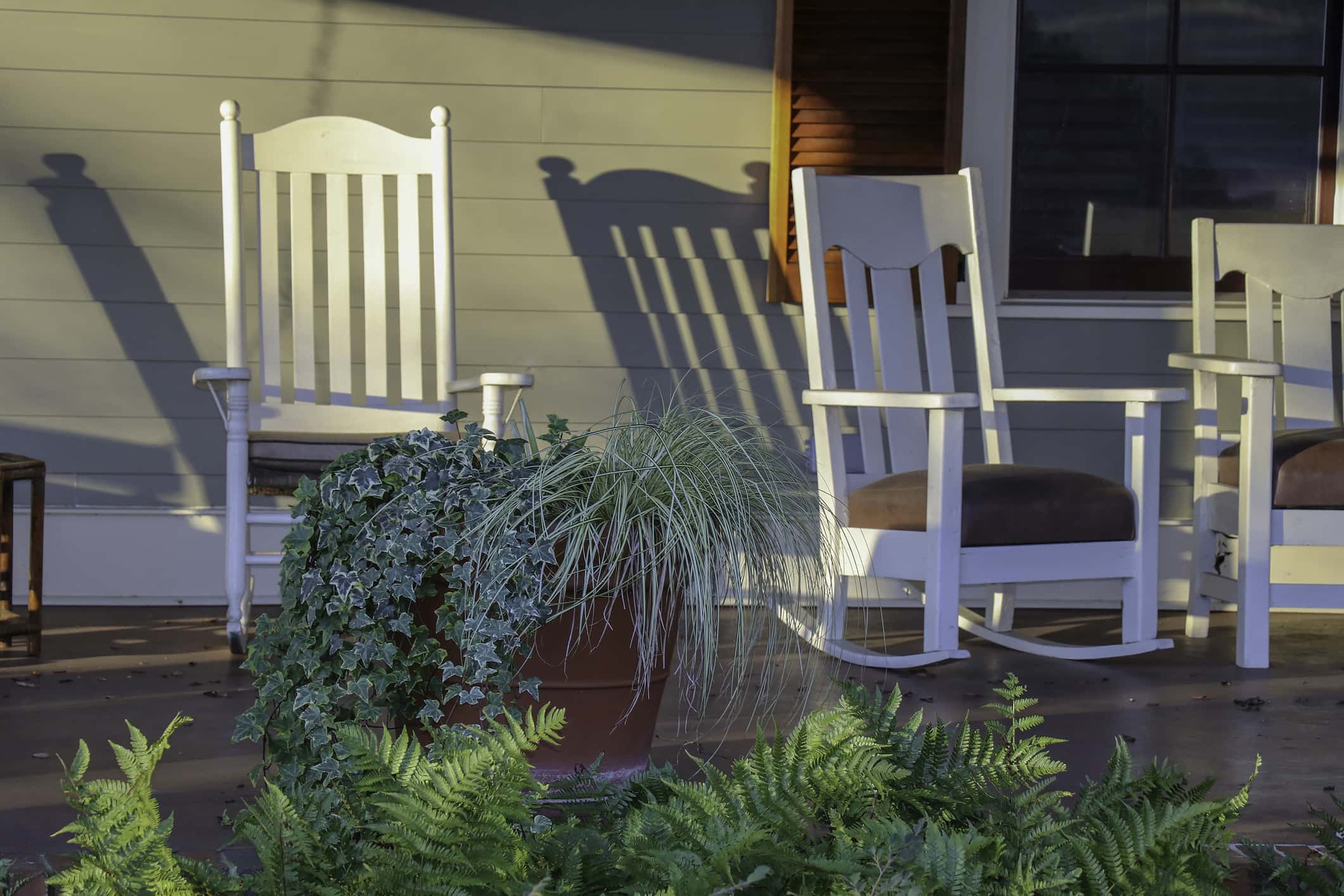
In USDA hardiness zones 9-11, spider plants thrive outside in a sheltered porch
©JENNIFER E. WOLF/iStock via Getty Images
Spider plants grow outside in USDA zones 9-11, so a shady porch is one of the best spots. They can’t tolerate frost, so bring them inside for winter if you’re in a cooler zone. A filtered light windowsill is ideal for overwintering outdoor spider plants.
1. Not A South Facing Window
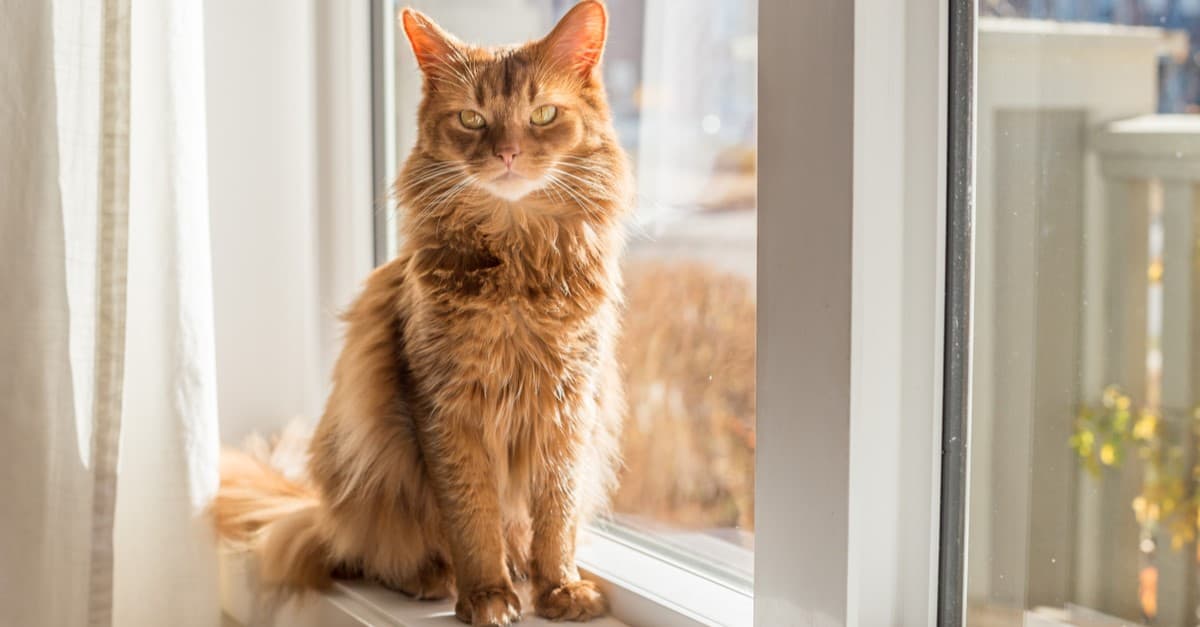
A sunny windowsill is great for cats and succulents, but not spider plants.
©R. Hutch Photography/Shutterstock.com
South-facing windows mean bad news for delicate foliaged spider plants. In their native habitats, they grow amid tropical forest trees, where light trickles down from a shady canopy. They just aren’t built to withstand the blazing sun.
Pop a succulent on a south-facing windowsill instead. If it’s too late, and your spider plant is burnt, remove the burnt foliage and pop it somewhere cool, but light. These plants are pretty resilient to damage.
2. Avoid Rooms Without Natural Light
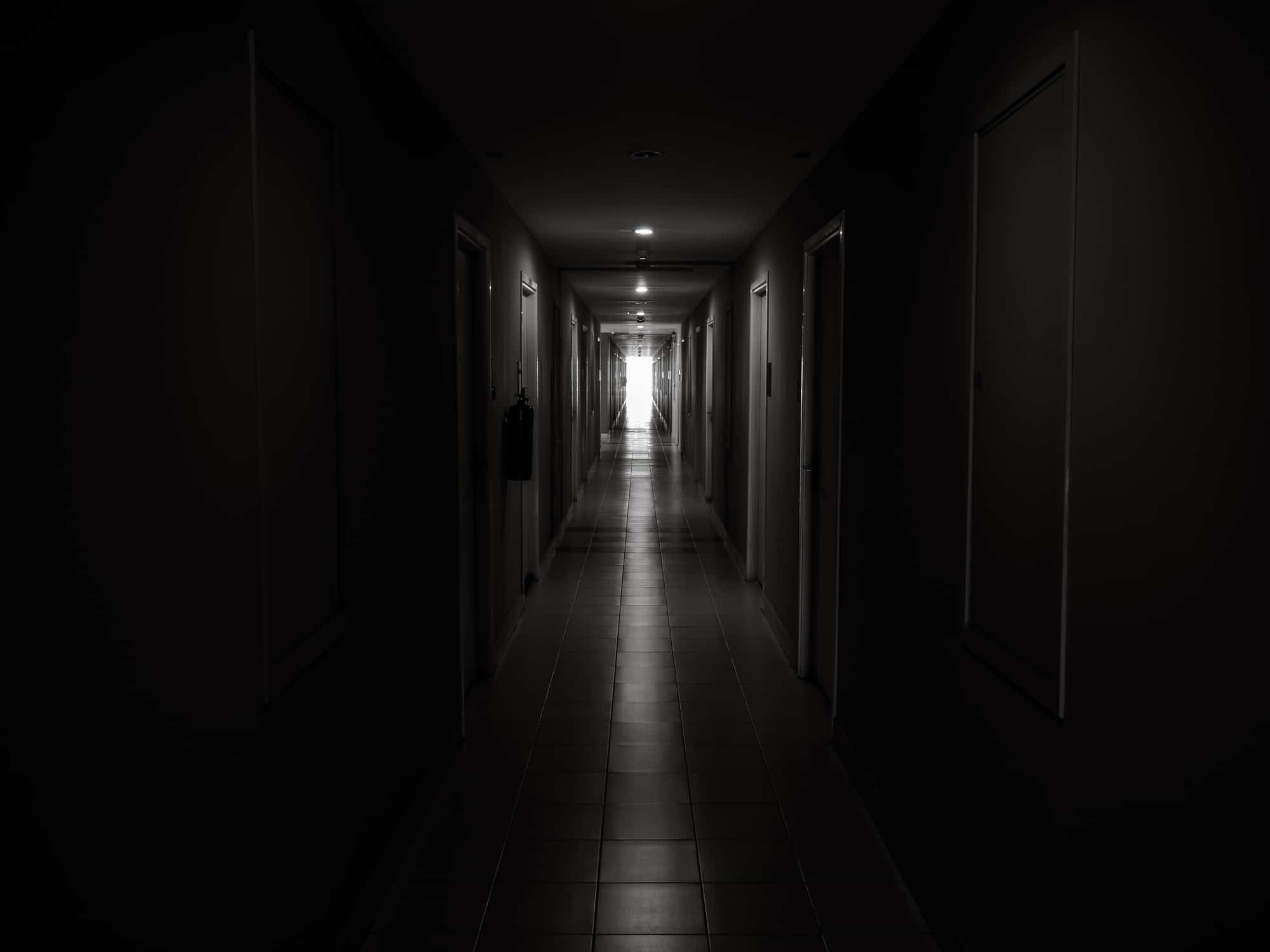
Spider plants need natural light, they can’t grow without it.
©Techa Tungateja/iStock via Getty Images
Even though spider plants can’t cope with direct sun, like all plants, they must receive daylight to survive. A windowless basement or internal room won’t cut it.
Spider plants have impressive resilience, but even the toughest of plants won’t survive a windowless room, because they need light to make their food. If it’s your only option, try purchasing a grow light.
3. Where A Pet Can Chew It
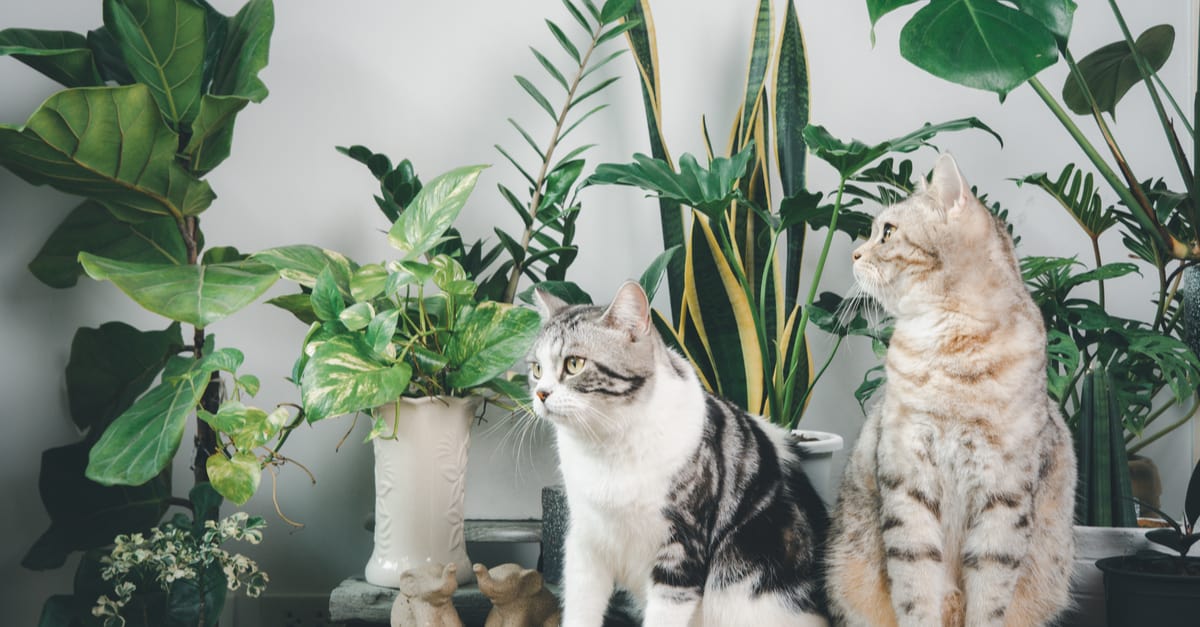
Spider plants are not toxic, but in large amounts can cause upset stomach in cats.
©Foto2rich/Shutterstock.com
Spider plants aren’t toxic to cats and dogs in small amounts, but eating a whole one may cause a stomach upset. Dangling plants are a source of interest to both cats and dogs, too. With one tug the whole plant, plus its heavy pot, can end up on the floor, potentially hitting the tugger.
4. Out of Reach of Young Children
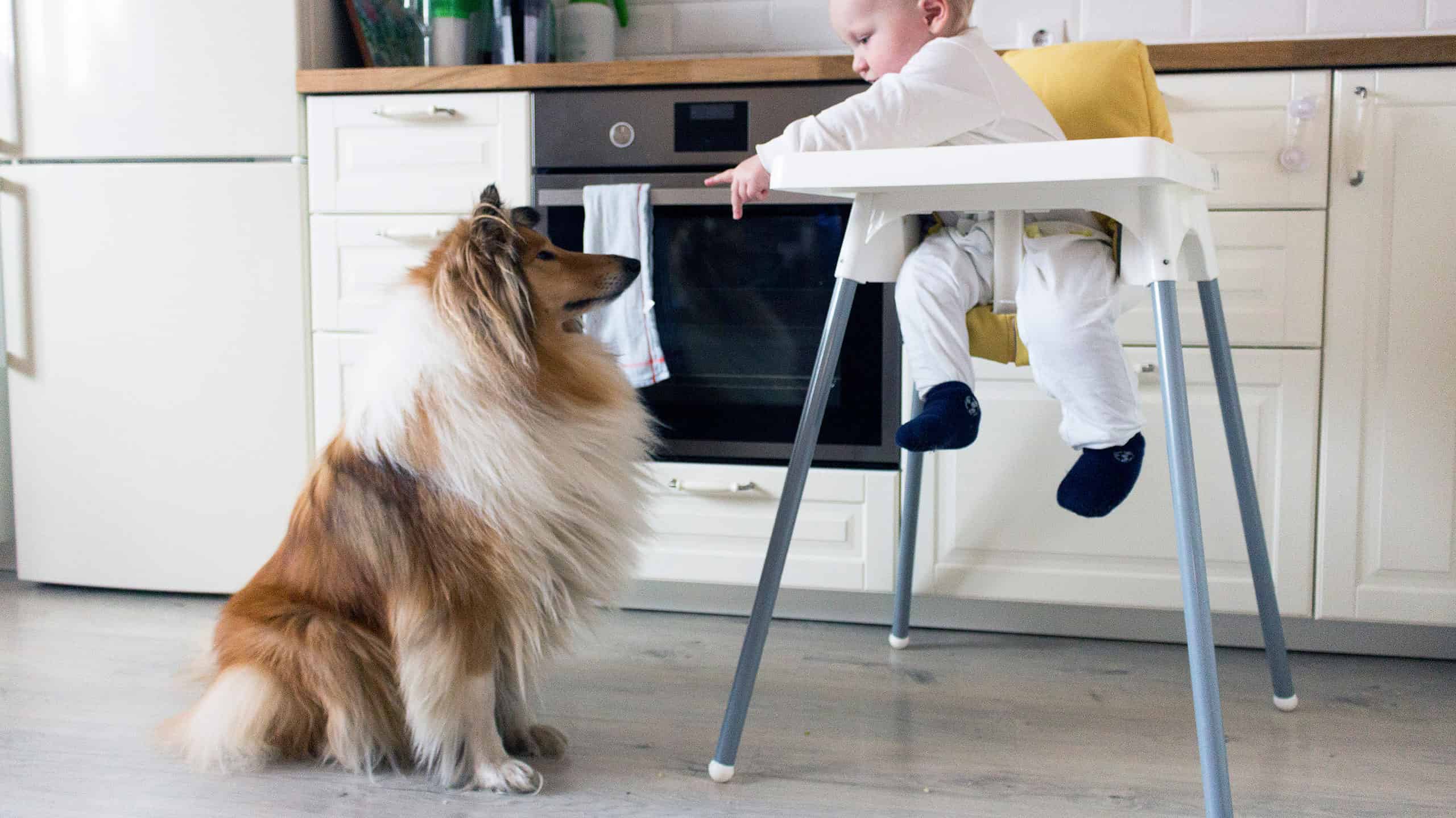
Ensure heavy pot plants can’t fall onto a young child’s head.
©Ekaterina_Kuzmina/Shutterstock.com
And speaking of tugging on a spider plant, it’s best to keep cascading foliage out of reach of young children so they don’t harm themselves. Even though spider plants aren’t toxic, a heavy pot plant falling from a shelf can cause injuries.
5. Avoid Drafts and Radiators
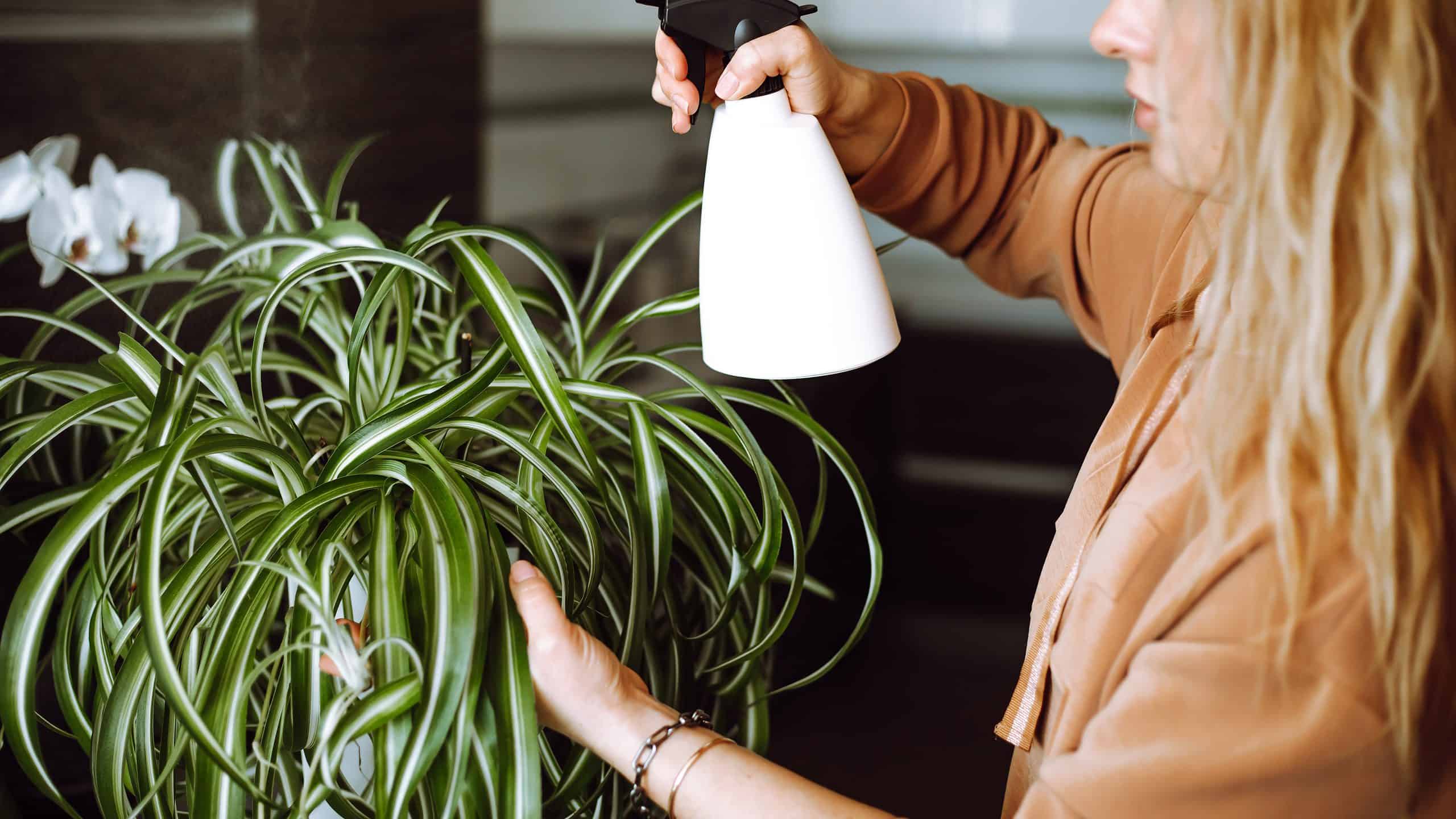
Keep spider plants out of drafts and away from radiator heat.
©tativophotos/Shutterstock.com
Tropical environment loving spider plants hate a drafty spot, they love warmth!
In chilly drafts, a spider plant won’t grow and it’ll look sick over the course of a few weeks. A regularly opened window, or air conditioning unit, creates enough draft to send your spider plant into meltdown.
On the other hand, avoid putting a spider plant in a spot above, or close to, a radiator. It’s warm there for sure, but its hot, drying air zaps humidity, which spider plants need to thrive.
The photo featured at the top of this post is © IZZ HAZEL/Shutterstock.com
Thank you for reading! Have some feedback for us? Contact the AZ Animals editorial team.




